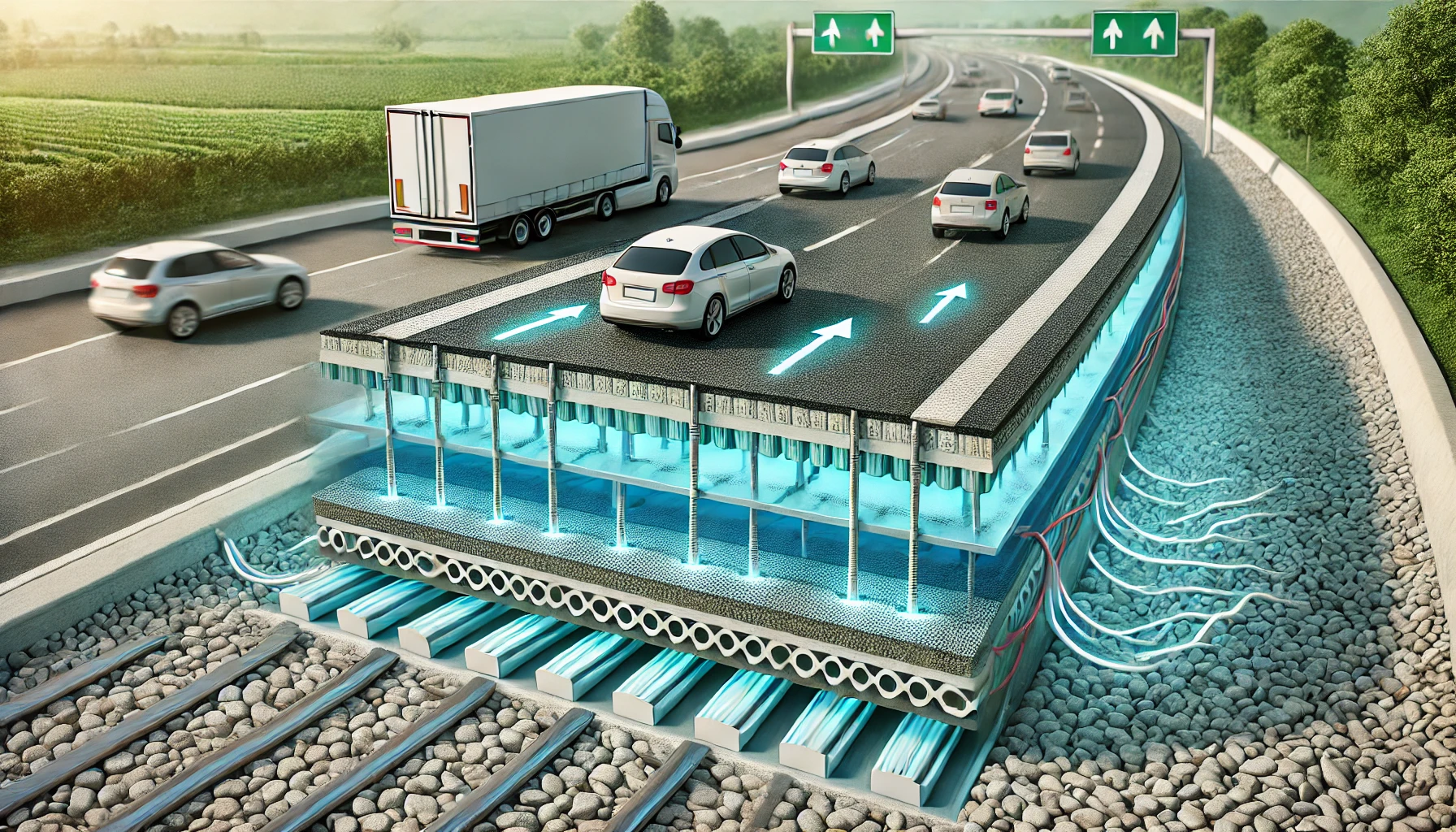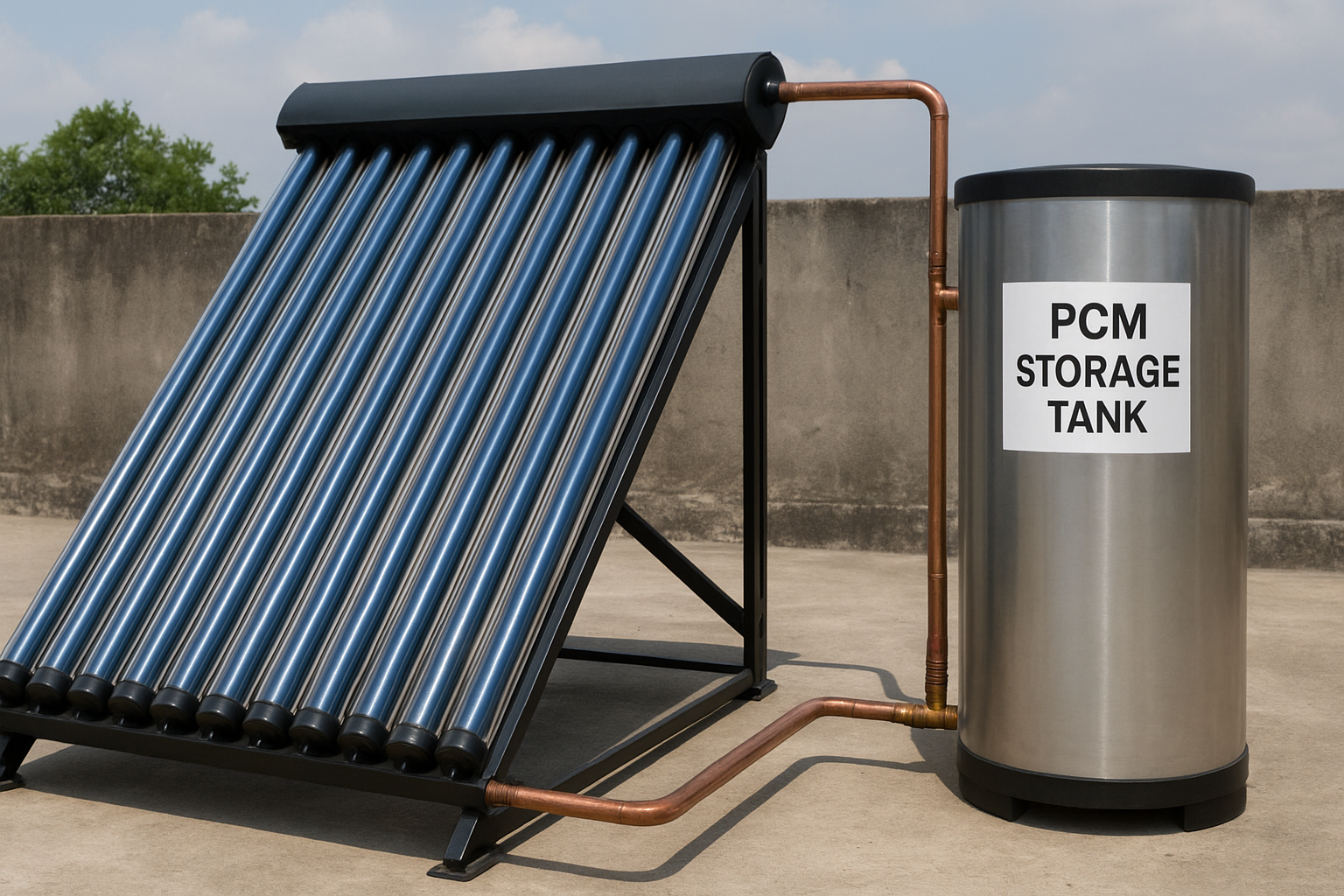
Abstract
This project explores the potential of piezoelectric materials embedded in highways to generate electricity from the pressure exerted by moving vehicles. Piezoelectric roads offer an innovative and sustainable method of producing energy by converting mechanical energy into electrical energy. The objective is to evaluate the feasibility, efficiency, and potential power output of such systems on high-traffic roads. If successful, piezoelectric roads could serve as a supplementary energy source for road lighting, traffic signals, and more, contributing to the push for renewable energy sources in urban infrastructure.
Materials
- Piezoelectric sensors or piezoelectric ceramic plates
- Flexible polymer sheets (to house piezoelectric plates)
- Electrical wires and connectors
- Rectifier circuits to convert AC to DC power
- Energy storage device (battery or capacitor)
- Multimeter or other measuring devices for voltage and current
- Rubber or asphalt sample road surface
- Vehicle weight simulation (a weighted rolling object)
Procedure
- Preparation of Piezoelectric Modules: Arrange the piezoelectric plates in a series configuration and attach wires and connectors to create piezoelectric modules. Encapsulate each module in flexible polymer sheets for durability and protection.
- Embedding Piezoelectric Modules in Road Surface: Place the piezoelectric modules underneath a rubber or asphalt layer that simulates a section of a road. Ensure the surface is secure so it can withstand repeated pressure.
- Connecting to Circuitry and Storage: Connect each piezoelectric module to a rectifier circuit to convert AC generated from pressure into DC power. Attach the rectifiers to an energy storage device (battery or capacitor) to store the generated electricity.
- Vehicle Pressure Simulation: Roll a weighted object over the surface to simulate vehicle pressure. The weight and frequency of the movement should mimic that of actual traffic.
- Measurement and Data Collection: Use a multimeter or other measurement devices to track the voltage and current generated with each pass of the weighted object over the piezoelectric modules. Record data to assess the efficiency of the system.
- Data Analysis: Calculate the power output by multiplying the measured voltage and current, and estimate the total energy generated over time with repeated applications of pressure.
Results
The piezoelectric modules successfully generated electrical energy when subjected to repeated pressure from the simulated vehicle. Each pass of the weighted object produced a measurable voltage and current, which was stored in the attached capacitor. The project demonstrated that under consistent traffic, piezoelectric roads could produce significant power output. Results showed that optimal energy production depends on factors like vehicle weight, speed, and module arrangement. This setup showed potential to power small road-side devices and can be scaled for larger implementations.
Conclusion
The piezoelectric road project demonstrates the viability of using piezoelectric sensors embedded in highways to generate electricity from vehicle movement. This system offers a sustainable approach to energy generation, utilizing the continuous flow of vehicles as a renewable power source. The experiment highlights the potential for piezoelectric technology in road infrastructure to contribute to energy needs, particularly for powering roadside devices. Future research should explore optimizing the design for durability, integration with larger roadways, and cost-effectiveness for widespread adoption. With further development, piezoelectric roads could become a valuable asset in smart city and renewable energy infrastructure.






Sweet blog! I found it while surfing around on Yahoo News. Do you have any tips on how to get listed in Yahoo News? I’ve been trying for a while but I never seem to get there! Thanks
I acquired more new stuff on this losing weight issue. One particular issue is that good nutrition is tremendously vital any time dieting. An enormous reduction in junk food, sugary food items, fried foods, sugary foods, pork, and bright flour products can be necessary. Keeping wastes harmful bacteria, and toxins may prevent desired goals for fat loss. While particular drugs quickly solve the condition, the awful side effects are usually not worth it, they usually never supply more than a non permanent solution. It is a known incontrovertible fact that 95 of dietary fads fail. Many thanks for sharing your opinions on this web site.